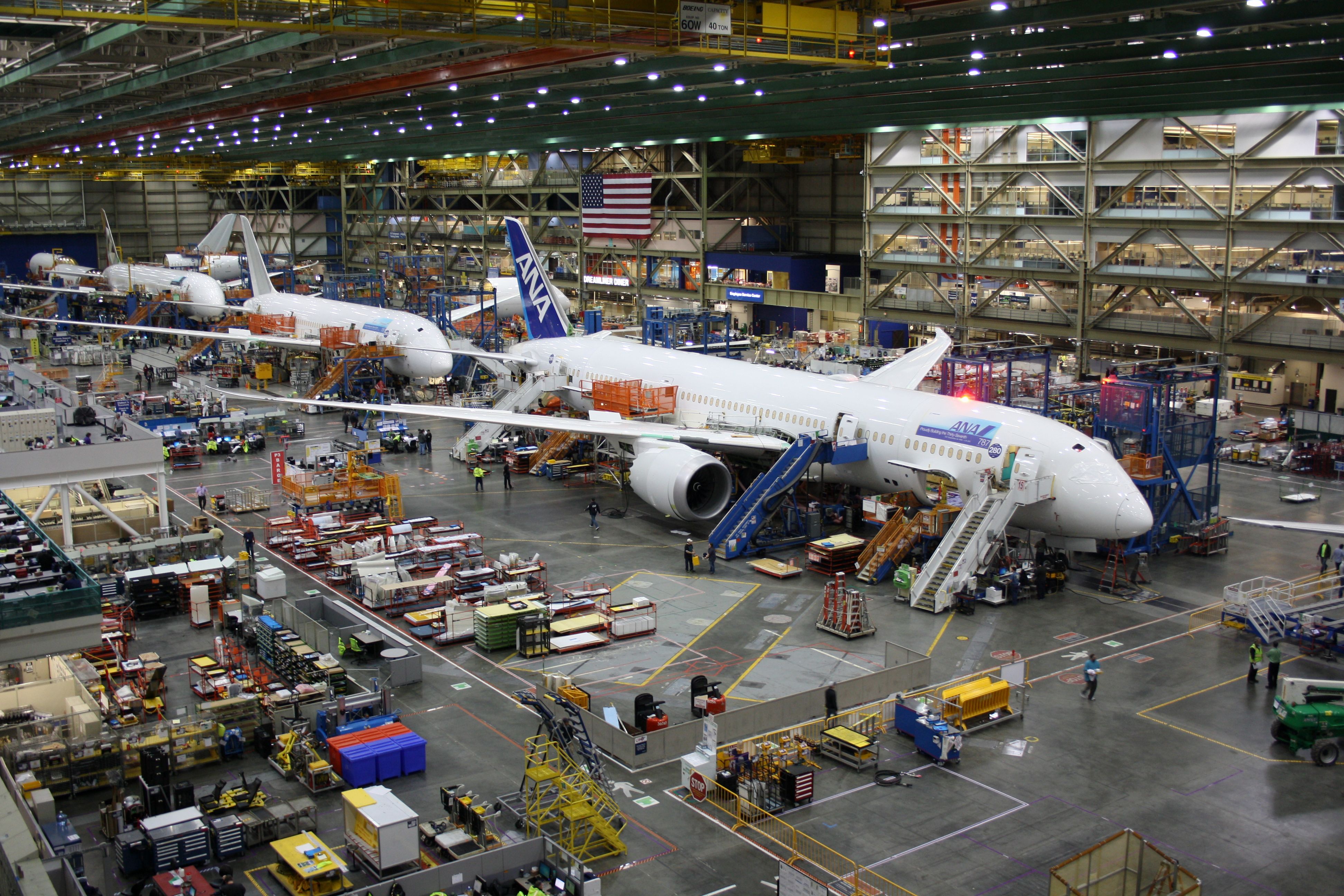In the early 2000’s, American aircraft manufacturer Boeing began to consider a replacement for the 737 aircraft family. The first 737 flight was in 1967, and while the aircraft family had seen great success, it was time to create something new. This brought about the creation of the Yellowstone Project.
A quick overview
Eventually, the Yellowstone Project’s mission changed, and it became a project to replace all of Boeing’s commercial aircraft with advanced technology aircraft. What was meant to be a project to introduce clean-sheet aircraft became one that updated a few pre-existing airframes and created the Boeing 787 Dreamliner. The Yellowstone Project was broken down into three phases, Y-1, Y-2, and Y-3.
The project is a big step into the future of aircraft design. It was through this project that composite materials were first used in the manufacturing of planes, reducing the weight of aircraft. According to Boeing, carbon composite material is lighter than aluminum and is stronger, which is why there are larger windows on the Boeing 787s.
Through Yellowstone, Boeing began transitioning from more hydraulic to electrical systems. This makes the maintenance process easier and more reliable. Because of aircraft like the Boeing 787 and 737 MAX, there are more fuel efficient engines available today.
Y1
According to Leeham News, Yellowstone 1, also known as Y-1, was the phase meant to replace the 737 family. But after years of studies and problems with the development of the Dreamliner, Boeing decided to update the 737s once again. In the 90s, Boeing had introduced the 737 NGs (Next Generation), and in 2011, announced the MAX family.
The MAX family was advertised as basically the same aircraft as the NG family. Ultimately, the goal was to create a more fuel-efficient aircraft and to rival Airbus, which in 2010 had announced an updated Airbus A320 family, the neo (new engine option). Three years after the MAX announcement, there were reports that Boeing would still pursue a clean-sheet replacement for the 737 but those plans were shelved in 2020.
Shortly before the COVID-19 pandemic, Boeing announced it was putting plans on hold for its “New Midsize Airplane” and said it would start a clean-sheet reevaluation of the project.
Y2
According to Medium, Y-2 was created to replace the 767 aircraft (767-300 and 767-400ER) and potentially the 777-200s. Y-2 was the project’s first phase to be completed, with the creation of the 787 Dreamliners. This phase was meant to replace aircraft capable of carrying 250-350 passengers.
At first, Y-2 aimed to develop a fast aircraft, but this eventually changed. Somewhere in the process, Boeing shifted its focus from creating something fast to creating something efficient, which is where the 787 was born.
The Boeing Sonic Cruiser was supposed to be the next big thing. Peter Rumsey, former Director of New Airplane Product Development at Ingenia, said,
“As well as wanting more direct flights, passengers have demonstrated a preference for flights that take less time and airplane configurations that enhance comfort. It’s just common sense: people want to go where they want to go, when they want to go, how they want to go. Boeing’s answer to the demand for faster flights, more direct flights, and increased comfort is the Sonic Cruiser.”
The Sonic Cruiser would have been faster than commercial aircraft but half as fast as the Concorde. On longer routes between Singapore and London, it would have reduced flying time by about two hours.
Y3
Y3 was meant to replace the 747 and 777 families. Today, the 777X (777-8/777-9/777-8F) is considered to be the final phase of the Yellowstone Project. The new widebody will compete with the Airbus A380 and the Airbus A350-1000.
In November 2013, Boeing unveiled the 777X at the Dubai Airshow. In the eleven years since its launch, the manufacturer has received orders for 503 aircraft. The 777-9, the larger of the two variants, has been the most popular, with 405 orders.
The new plane is an extended version of the 777-300ER, and its most noticeable feature is the foldable wingtips. The wingspan on the 777X is so wide that it will not fit at current airport gates, so to minimize any work done at airports to receive the aircraft, Boeing created foldable wingtips. Entry into service (EIS) should have happened in 2019, but several problems have pushed (EIS) to 2025.
As of September 1, this was the 777X order book:
|
Airline |
Orders |
Variants |
|
Emirates |
205 |
B777-9; B777-8 |
|
Qatar Airways |
94 |
B777-9; B777-8F |
|
Singapore Airlines |
31 |
B777-9 |
|
Lufthansa |
27 |
B777-9; B777-8F |
|
Etihad Airways |
25 |
B777-9; B777-8 |
|
Cathay Pacific Airways |
21 |
B777-9 |
|
All Nippon Airways |
20 |
B777-9 |
|
Korean Air |
20 |
B777-9 |
|
British Airways |
18 |
B777-9 |
|
Air India |
10 |
B777-9 |
|
Cargolux |
10 |
B777-8F |
|
Ethiopian Airlines |
8 |
B777-9 |
|
Silk Way West Airlines |
2 |
B777-8F |
|
Unidentified Customers |
12 |
B777-9 |
Qatar Airways placed the most recent order, increasing its previously-existing order to nearly 100 aircraft.
“Qatar Airways is proud to announce an expansion to the existing Boeing 777X aircraft order with an additional 20, totalling 94 Boeing 777X aircraft. We, as the World’s Best Airline, are an industry leader and operate one of the youngest fleets, offering unparalleled innovation and quality. Keeping an eye on the future, we continue to ensure that all Qatar Airways passengers are only met with the best products and services available in the industry.” – Engr. Badr Mohammed Al-Meer, Chief Executive Officer, Qatar Airways Group

